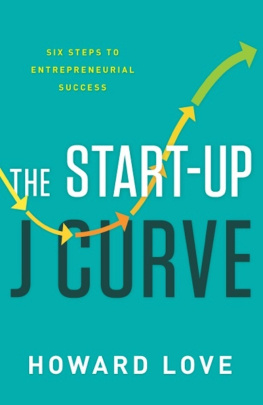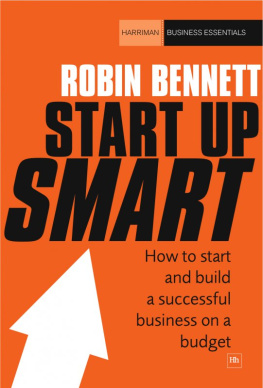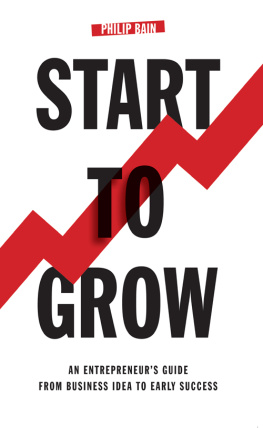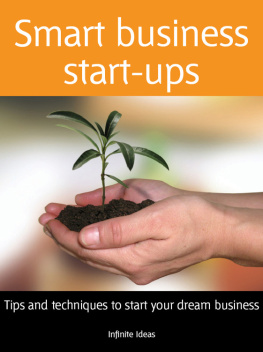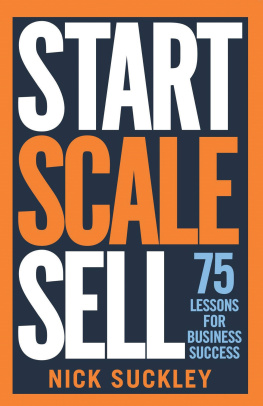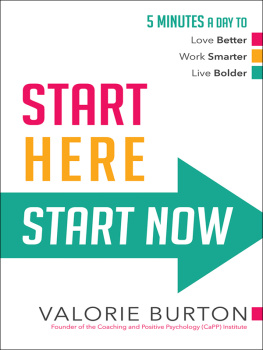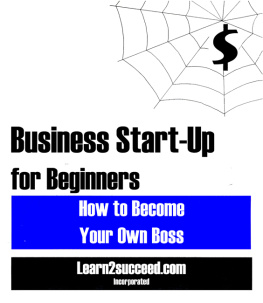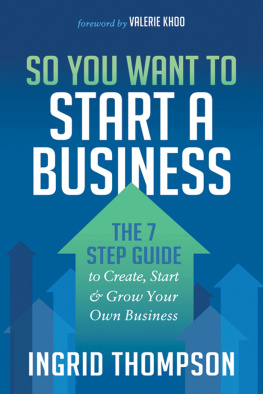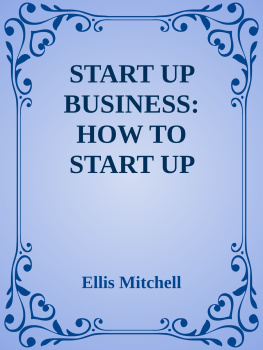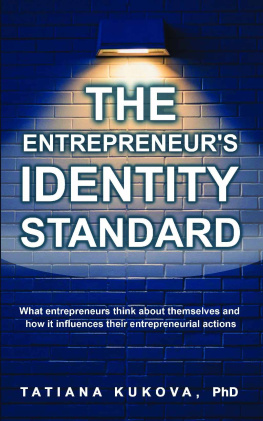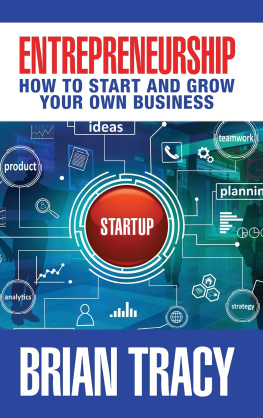This publication is designed to provide accurate and authoritative information in regard to the subject matter covered. It is sold with the understanding that the publisher and author are not engaged in rendering legal, accounting, or other professional services. If legal advice or other expert assistance is required, the services of a competent professional should be sought.
Published by Greenleaf Book Group Press
Austin, Texas
www.gbgpress.com
Copyright 2016 Howard Love
All rights reserved.
No part of this book may be reproduced, stored in a retrieval system, or transmitted by any means, electronic, mechanical, photocopying, recording, or otherwise, without written permission from the copyright holder.
Distributed by Greenleaf Book Group
For ordering information or special discounts for bulk purchases, please contact
Greenleaf Book Group at PO Box 91869, Austin, TX 78709, 512.891.6100.
Design and composition by Greenleaf Book Group
Cover design by Greenleaf Book Group
Cataloging-in-Publication data is available.
Print ISBN: 978-1-62634-292-7
eBook ISBN: 978-1-62634-293-4
Part of the Tree Neutral program, which offsets the number of trees consumed in the production and printing of this book by taking proactive steps, such as planting trees in direct proportion to the number of trees used: www.treeneutral.com | 
|
Printed in the United States of America on acid-free paper
16 17 18 19 20 21 10 9 8 7 6 5 4 3 2 1
First Edition
CONTENTS
INTRODUCTION
Although there are some good books on start-ups out there, this is the one I wish I had read before I began my first start-up thirty-five years ago. Each of the fifteen start-ups I have either founded or cofounded would have benefited from the knowledge contained in these pages. And no doubt, the over fifty investments I have made in various start-ups as an angel investor would also have benefited if I knew then what I know now.
When I first considered writing this book, I made sure nobody had published anything like it. As an angel investor, Ive found that when I have a new idea, or Im presented with one by a member of my team, it seems like were the first to have thought of it. With a little research, however, I often find that someone has already beaten us to market. For this reason, I checked out the start-up/entrepreneurial body of literature, and while I did find a number of useful books, I did not find anything like this one. The books that were available tended to offer specific point solutions to common specific start-up challenges or case histories, rather than guide start-up founders on their entire start-up journey. You can find some books that focus on certain aspects of the journey but nothing that gives you the complete tour.
As this books first chapter explains, a start-up unfolds in a predictable pattern; the more aware you are of this pattern, the better able you will be to capitalize on it. Instead of feeling lost and confused when you suffer a setbacksomething that happens to start-ups quite frequently in their initial stagesyoull be able to put these problems in context. This is not only psychologically reassuring but also helps you know what to doand what not to doat a particular moment in time. By knowing exactly where you are on the path, and what to do at that point in time, your odds of success will increase, and you will get to success faster.
Each chapter includes examples and stories that illustrate a start-ups evolution, many taken from my own experiences and some from those of other well-known start-up founders. Youll also find a lot of advice to help you take the right action at the right time and avoid the common traps along the wayIll end each chapter with an assessment tool that will help you personalize this advice. Ive shown early drafts of this book to entrepreneur friends, and their common refrain is, Yeah, I sure wish I would have had this book years ago, before I started my first company!
Im also writing this book to let you know that you are not alone; your difficult experiences are similar to what many start-up founders experience. You are on a path that is well trodden, but if you dont know what others have gone through, you will probably feel all alone in the wilderness. Many of the toughest issues are difficult to discuss with your employees and your board for a wide variety of reasons. It is my hope that this book will have a positive effect on your angst, reassuring you that other entrepreneurs have faced the same difficult issues.
The advice Im offering you came to me the hard waythrough many successes and failures over the last thirty-five years. The failures have been a critical part of my education, and history has taught me that the price of education goes up substantially after college. Though Ive been fortunate that the successes have trumped the failures, I am sure my postgraduate education has cost me many millions of dollars. While I wouldnt want to change my journey, there is little doubt in my mind that if I had read this book early in my career, I would have saved myself a lot of time, money, and heartache. Through this book, Id like to give you the benefit of my rather expensive education and get you to start-up success as swiftly as possible. Let me give you a brief description of those thirty-five years and how they shaped the perspective presented in this book.
My first tech start-up was at Colgate University, where I was (sort of) attending college. I say sort of because, while I certainly worked far harder than the average student, I was working at making money, not grades. My partner was a friend and fellow Colgate student, Cliff Ribaudo. We were a classic entrepreneurial team: Cliff was the tech guy who did all the coding, and I did everything else, whatever that happened to be. That company (eventually called Inmark Development) started out doing research on trading systems for the stock and futures markets, but we didnt have a financially viable model, so we needed to try another angle. It only made sense to make use of our skills and assets. Around this time the first IBM PC was introduced, and we bought one and decided to make a packaged software product for individual investors that we could sell. That was to be my first experience with what I call a morph, which is a fundamental shift in the business product or strategy. Our first packaged software product, called Market Maker, did OK but still was not enough to create a sustainable company, so we morphed again and got original equipment manufacturer (OEM) licensing deals with many of the large quote vendors that sold real-time information to Wall Street. That sustained us for a while, but it became obvious that this was going to leave us well short of our aspirations. We were fortunate to have some brilliant engineers, including fellow cofounder Mark Anders; Peter Handsman, chief technology officer (CTO); and others who had come up with an ingenious way to write code once and then deploy it on multiple operating systems, such as Windows, Mac, Unix, and OS/2. It was a big idea and quite a technical feat. So we made one final morph into the development tools market, where we developed what was technically referred to as a cross platform, object-oriented application framework, and we called it zApp. In order to find more engineers, we moved to Mountain View, California, and went all-in. Eventually, that product did well, and we ended up going public after we merged with another company. We had started out at Colgate, in upstate New York, developing financial market trading systems, and ended up in Silicon Valley selling software development toolsthat was a journey indeed.

